Photo
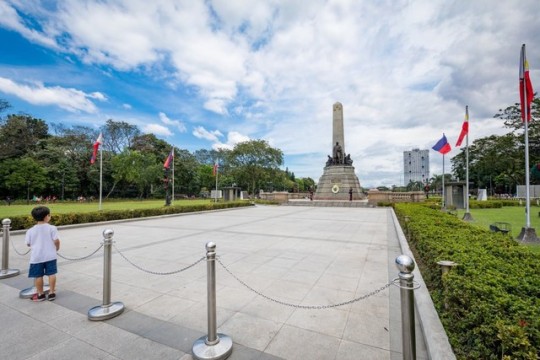
Monument in memory of Jose Rizal at Rizal Park
Dr. José Rizal, the national hero of the Philippines, is not only admired for possessing intellectual brilliance but also for taking a stand and resisting the Spanish colonial government. While his death sparked a revolution to overthrow the tyranny, Rizal will always be remembered for his compassion towards the Filipino people and the country.
0 notes
Photo

José Protacio Rizal Mercado Y Alonso Realonda was born on June 19, 1861 to Francisco Mercado and Teodora Alonzo in the town of Calamba in the province of Laguna. He had nine sisters and one brother. At the early age of three, the future political leader had already learned the English alphabet. And, by the age of five, José could already read and write.
0 notes
Photo
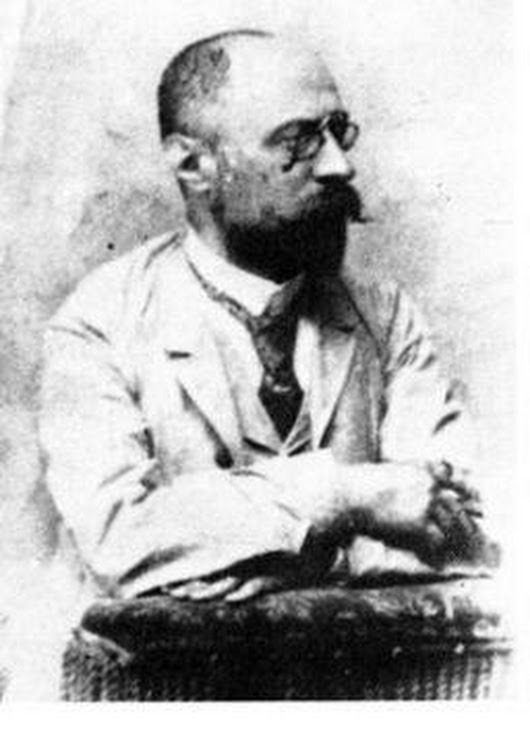
Ferdinand Blumentritt (10 September 1853, Prague – 20 September 1913, Litoměřice), was a teacher, secondary school principal in Leitmeritz, lecturer, and author of articles and books in the Philippines and its ethnography. He is well known in the Philippines for his close friendship with the writer and Propagandist, José Rizal, and the numerous correspondence between the two provide a vital reference for Rizal historians and scholars, including his last letter from prison before the execution.
0 notes
Quote
The youth is the hope of our motherland.
Jose Rizal (1861-1896)
Filipino Trans. - “Ang Kabataan ang pag-asa ng bayan”
The youth is the hope of the motherland.” This is just one of idioms that our Philippine national hero Dr. Jose Rizal once enunciated. This means that the future of our nation lies on the hands of the youth of today. More so, the youth have the power to reshape the nation's present appearance. However, this meaningful and echoing idiom has been passing through our ears for years but it seems that no improvement has evolved.
1 note
·
View note
Photo

Monogram of the La Liga Filipina
Upon his return to Manila in 1892, he formed a civic movement called La Liga Filipina. The league advocated these moderate social reforms through legal means, but was disbanded by the governor. At that time, he had already been declared an enemy of the state by the Spanish authorities because of the publication of his novel. Rizal was exiled to Dapitan, on the island of Mindanao. During the four years Rizal was in exile, he practiced medicine and took on students.
0 notes
Photo

A photographic record of Rizal's execution in what was then Bagumbayan
Rizal's public execution was carried out in Manila on December 30, 1896, when he was 35 years old. His execution created more opposition to Spanish rule.
0 notes
Photo

The autographed first stanza of "Mi último adiós"
Mi Último Adiós (English; “My Last Farewell”) is a poem written by Philippine national hero Dr. José Rizal on the eve of his execution by firing squad on 30 December 1896. The piece was one of the last notes he wrote before his death; another that he had written was found in his shoe but because the text was illegible, its contents today remain a mystery.
0 notes
Photo
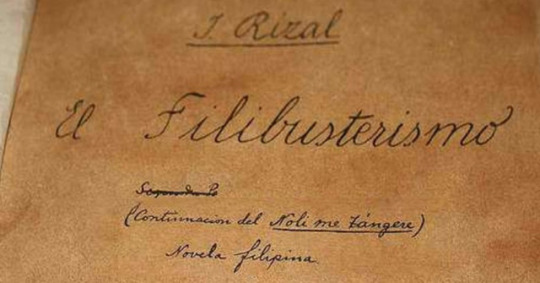
El filibusterismo, 1891 (lit. Spanish for "filibustering"; The Subversive or Subversion, as in the Locsín English translation, are also possible translations), also known by its English alternative title The Reign of Greed, is the second novel written by Philippine national hero José Rizal. It is the sequel to Noli me tangere and, like the first book was written in Spanish. It was first published in 1891 in Ghent.
0 notes
Photo

Noli Me Tángere, 1887 (Latin for Don’t Touch Me) is a novel written by José Rizal.
Rizal entitled this novel as such drawing inspiration from John 20:17 of the Bible, the technical name of a particularly painful type of cancer (back in his time, it is unknown what is the modern name of said disease). He proposed to probe all the cancers of Filipino society that everyone else felt too painful to touch.
0 notes
Photo

Republic Act No. 1425 - AN ACT TO INCLUDE IN THE CURRICULA OF ALL PUBLIC AND PRIVATE SCHOOLS, COLLEGES AND UNIVERSITIES COURSES ON THE LIFE, WORKS AND WRITINGS OF JOSE RIZAL, PARTICULARLY HIS NOVELS NOLI ME TANGERE AND EL FILIBUSTERISMO, AUTHORIZING THE PRINTING AND DISTRIBUTION THEREOF, AND FOR OTHER PURPOSES
Senator Claro M. Recto was the main proponent of the Rizal Bill. The measure was strongly opposed by the Roman Catholic Church in the Philippines due to the anti-clerical themes in Noli Me Tángere and El Filibusterismo.
0 notes
Photo

Sa Aking Mga Kabata by Gat Jose Rizal
"Sa Aking mga Kabata" (English: To My Fellow Youth) is a poem about the love of one's native language written in Tagalog. It is widely attributed to the Filipino national hero José Rizal, who supposedly wrote it in 1869 at the age of eight. There is no evidence, however, to support authorship by Rizal and several historians now believe it to be a hoax. The actual author of the poem is suspected to have been the poets Gabriel Beato Francisco or Herminigildo Cruz.
0 notes
Photo
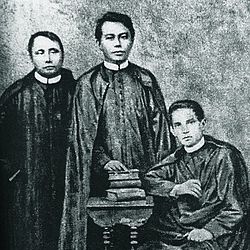
Gomburza or GOMBURZA refers to three Filipino Catholic priests (Mariano Gomez, José Burgos, and Jacinto Zamora), who were executed on February 17 1872 at Bagumbayan, Philippines by Spanish colonial authorities on charges of subversion arising from the 1872 Cavite mutiny.
Their execution had a profound effect on many late 19th-century Filipinos; José Rizal, later to become the country's national hero, would dedicate his novel El filibusterismo to their memory.
0 notes
Photo

Josephine Bracken was Rizal's common-law wife whom he reportedly married shortly before his execution.
In February 1895, Rizal, 33, met Josephine Bracken, an Irish woman from Hong Kong, when she accompanied her blind adoptive father, George Taufer, to have his eyes checked by Rizal. After frequent visits, Rizal and Bracken fell in love with each other. Rizal and Josephine lived as husband and wife in a common-law marriage in Talisay in Dapitan. The couple had a son who lived only for a few hours after Josephine suffered a miscarriage; Rizal named him after his father Francisco.
0 notes
Photo

A crayon portrait of Leonor Rivera by José Rizal
Leonor Rivera is thought to be the inspiration for the character of Maria Clara in Noli Me Tángere and El Filibusterismo. Rivera and Rizal first met in Manila when Rivera was only 14 years old. When Rizal left for Europe on May 3, 1882, Rivera was 16 years of age. Their correspondence began when Rizal left a poem for Rivera saying farewell.
0 notes
Photo
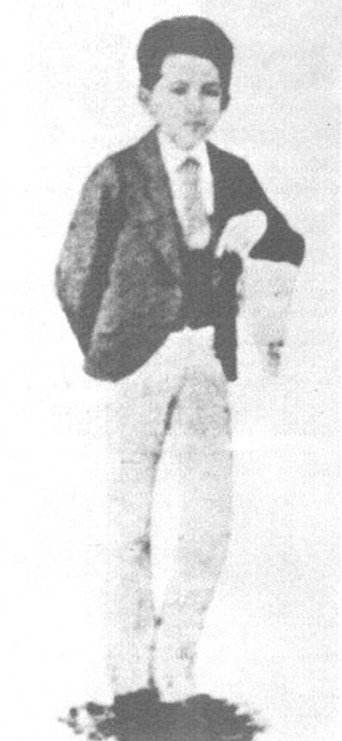
Rizal, 11 years old, a student at the Ateneo Municipal de Manila.
Rizal first studied under Justiniano Aquino Cruz in Biñan, Laguna, before he was sent to Manila. As to his father's request, he took the entrance examination in Colegio de San Juan de Letran but he then enrolled at the Ateneo Municipal de Manilaand graduated as one of the nine students in his class declared sobresaliente or outstanding.
0 notes
Photo

Jose Rizal grew up in a happy home, ruled by good parents, bubbling with joy, and sanctified by God’s blessings. His native town is Calamba. Its scenic beauties and industrious, hospitable, and friendly folks impressed him during his childhood years and profoundly affected his mind and character.
0 notes
Photo

Filipino expatriates in Europe formed the Propaganda Movement. Photographed in Madrid, Spain in 1890.
Prominent members included José Rizal, author of Noli Me Tangere (novel) and El Filibusterismo, Graciano López Jaena, publisher of La Solidaridad, the movement's principal organ, Mariano Ponce, the organization's secretary and Marcelo H. del Pilar.
0 notes